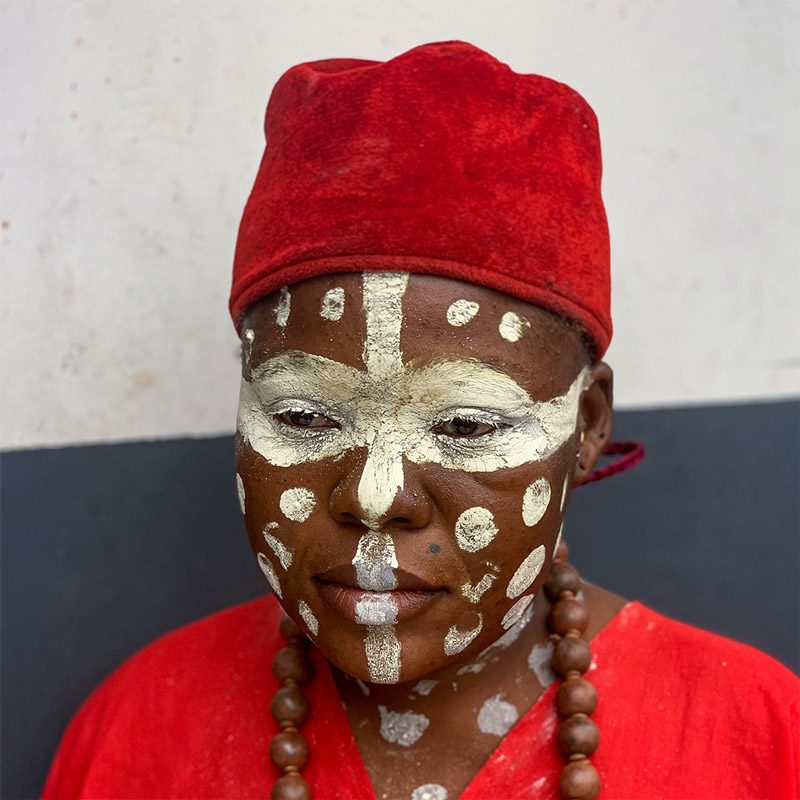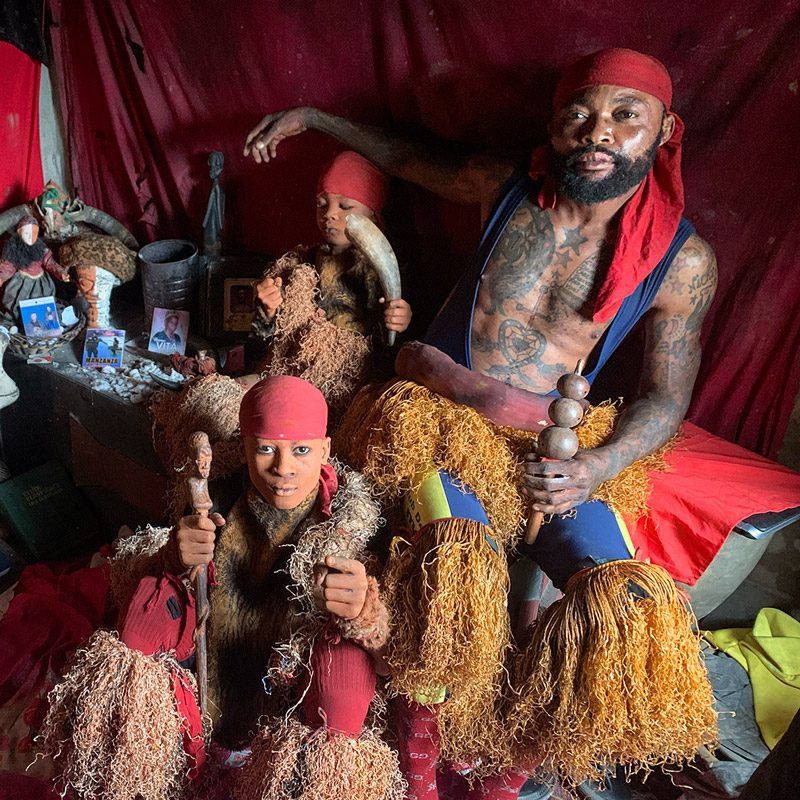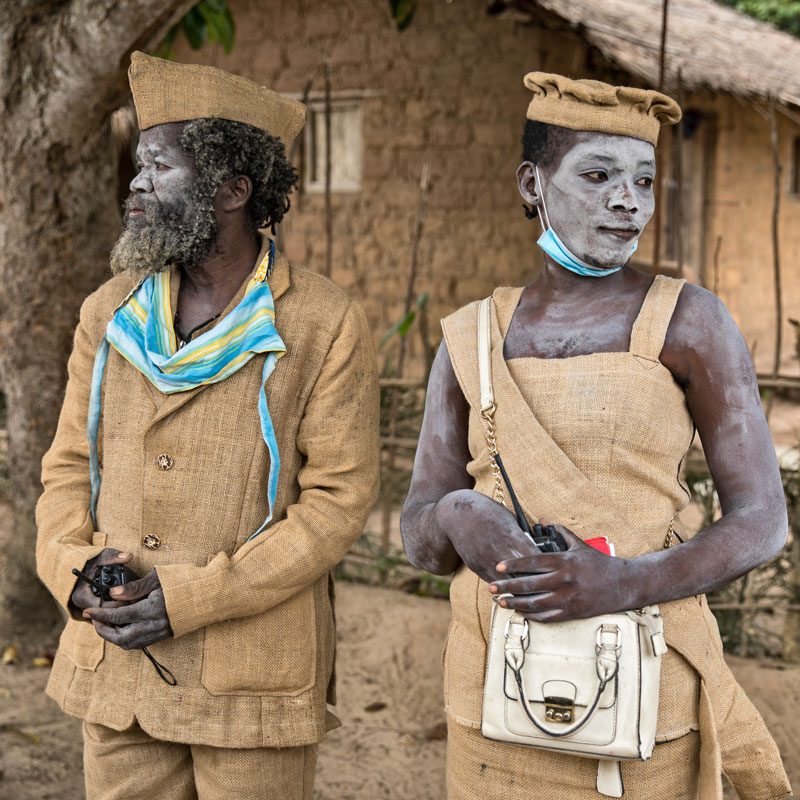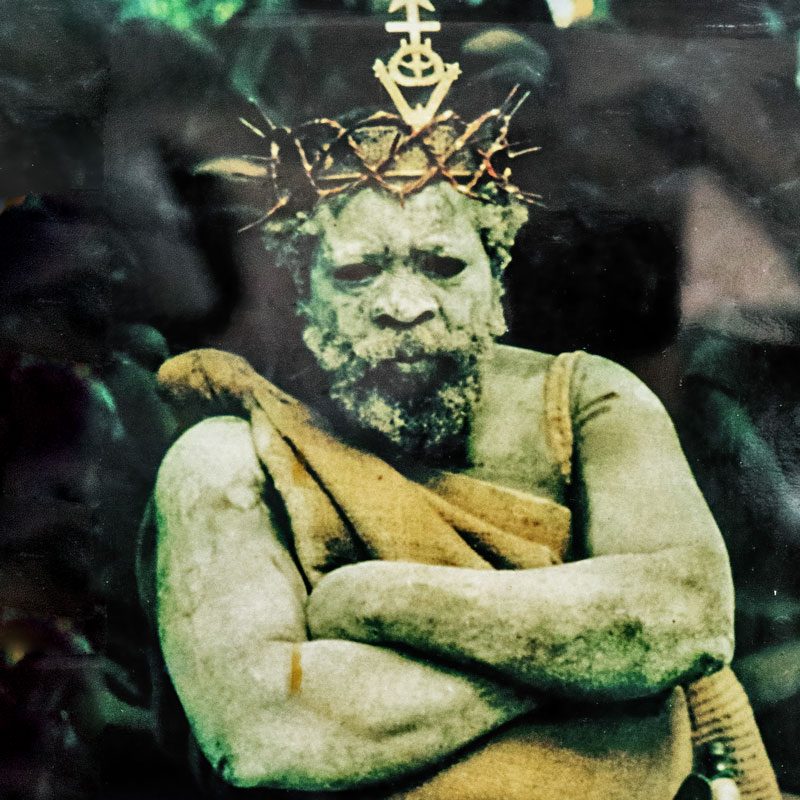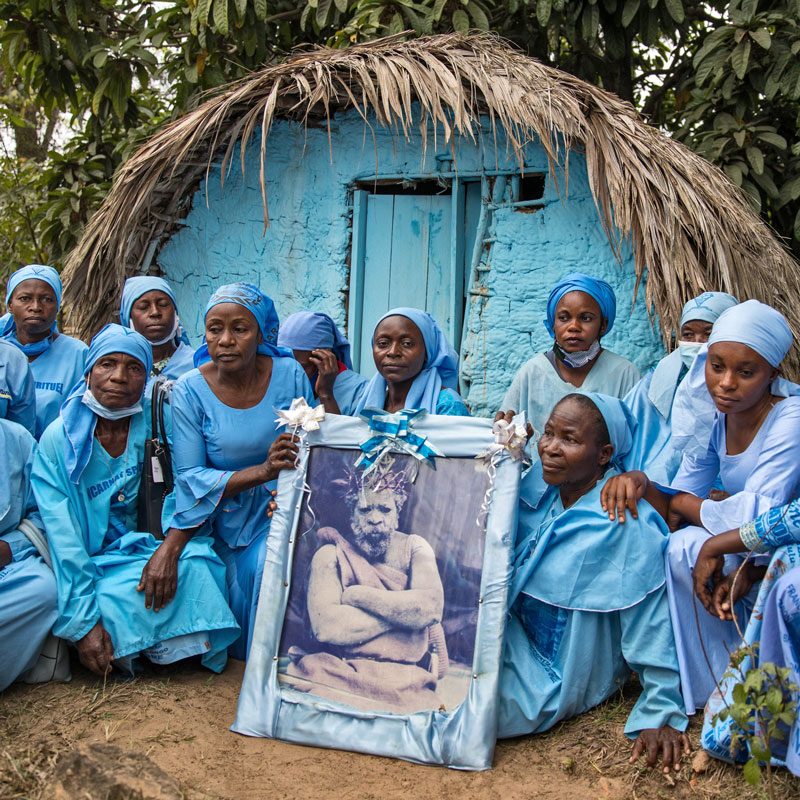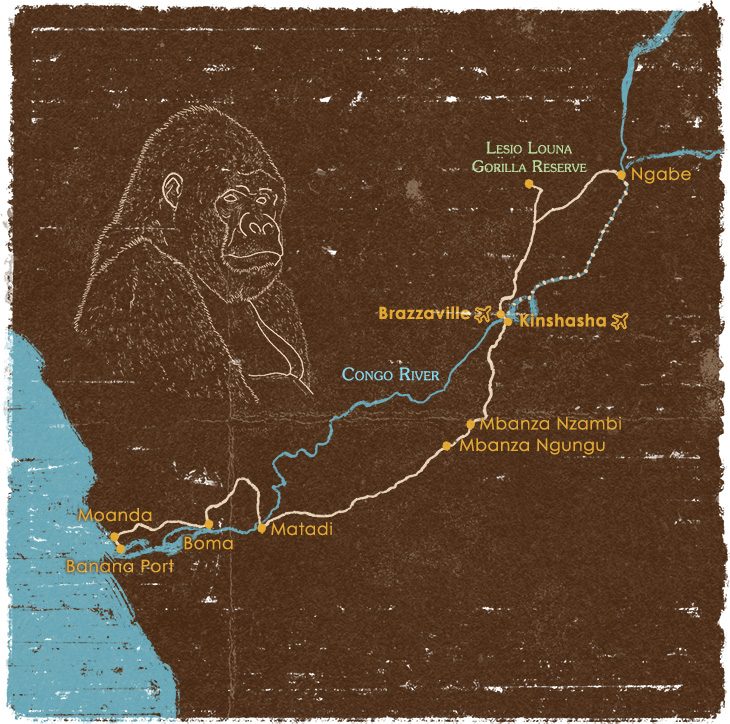Discover the highlights of this trip to the D.R. of the Congo and the R. of the Congo
Lesio Louna Gorilla Reserve
We will cross the Bateke hills and a few towns until we reach the protected area of the Lesio Louna Gorilla Reserve. By the way, we will stop to admire the views of the reserve, a forest oasis in the middle of herbaceous colonies. After arriving at the protected area, we will settle in the park’s guest house and prepare our motorized canoe and walking safari through the jungle. Our target is the lowland gorillas that live deep inside the jungle. The park guards will bring fruit to call the gorillas and get them closer to the shore, where it will be easier to observe and photograph them.
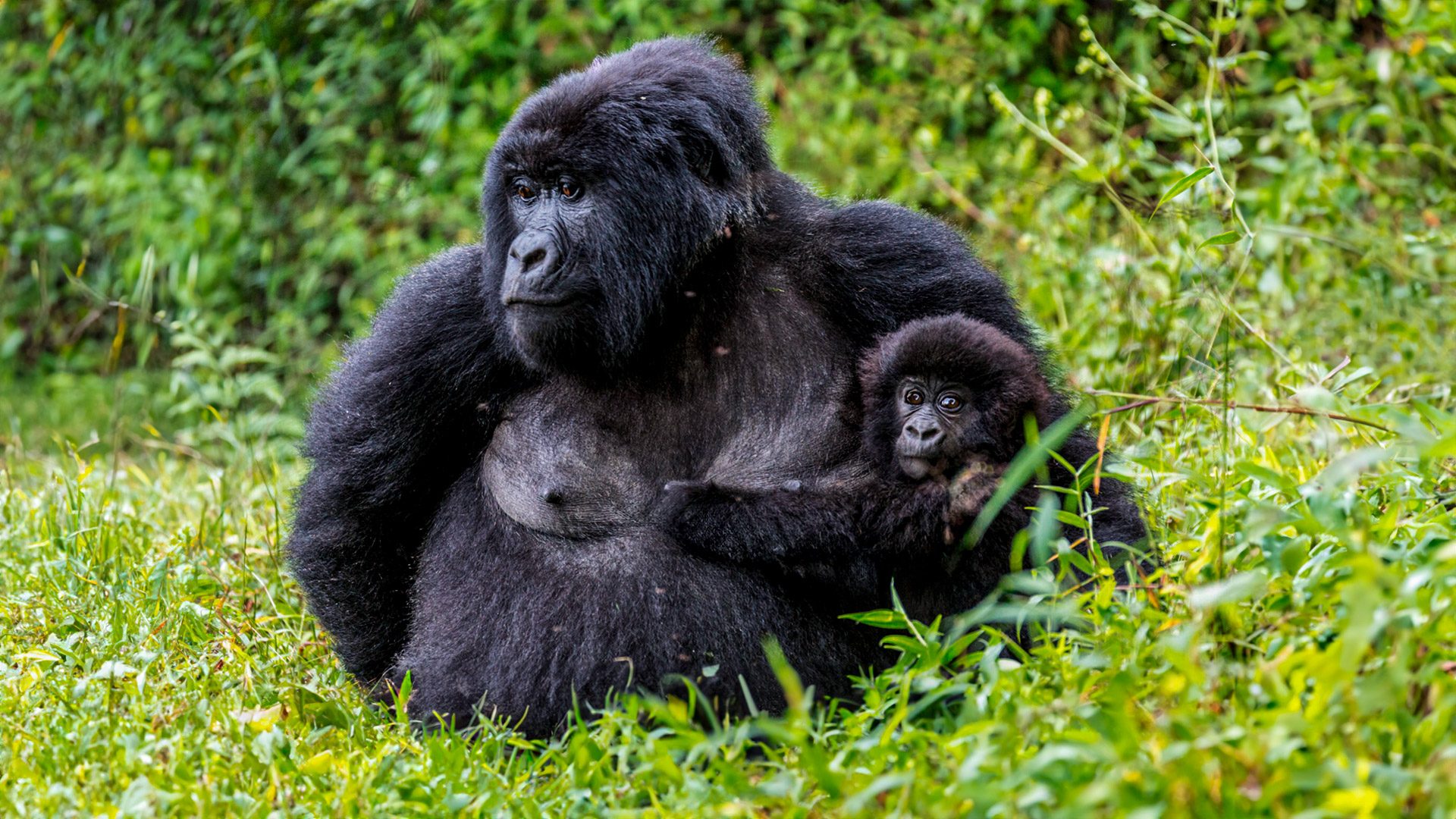
Teke kingdom
During this trip to the R. of the Congo and the D.R. of the Cong, we will travel to Ngabe, imperial city of the Teke or Bateke people. There, we will be received by the queen and members of the Teke royal family. The queen’s ancestor, King Makoko, signed the treaty with explorer Fernando de Brazza to annex his kingdom to the French colonial empire in the late 19th century. We will learn about Teke culture and watch a Kebe-Kebe mask dance.
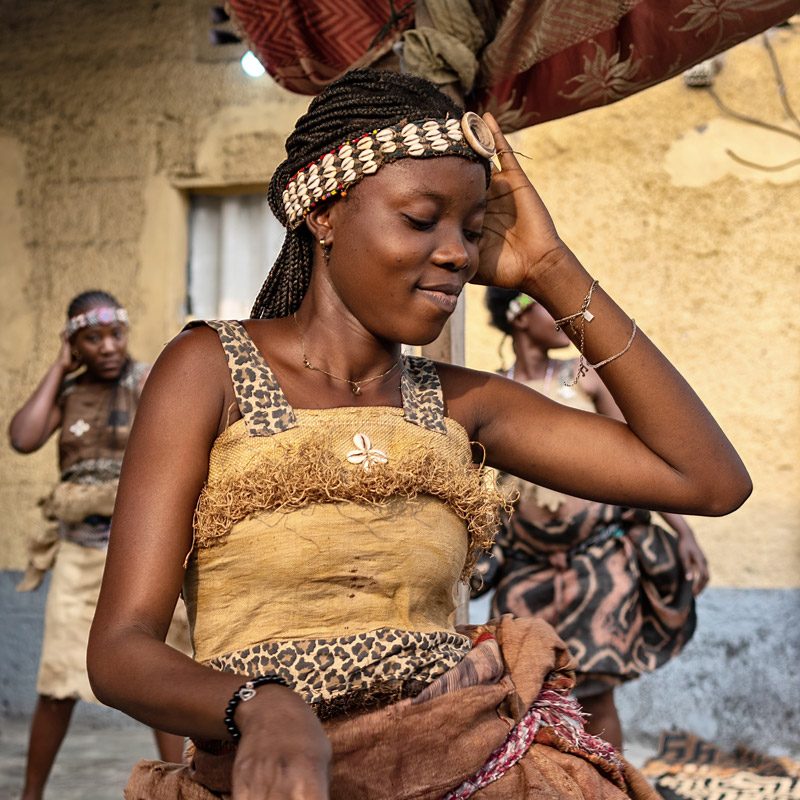
Bakongo tribe
In a popular neighbourhood of the Mbanza Ngungu city, we will meet a traditional Bakongo community. Despite having converted to Christianity, the Bakongo retain aspects of their ancestral animist religion. We will be introduced to the cult of ‘the leopard men’ that so fascinated the comic artist Hergé who published the now legendary ‘Tintin in the Congo’ in 1931.
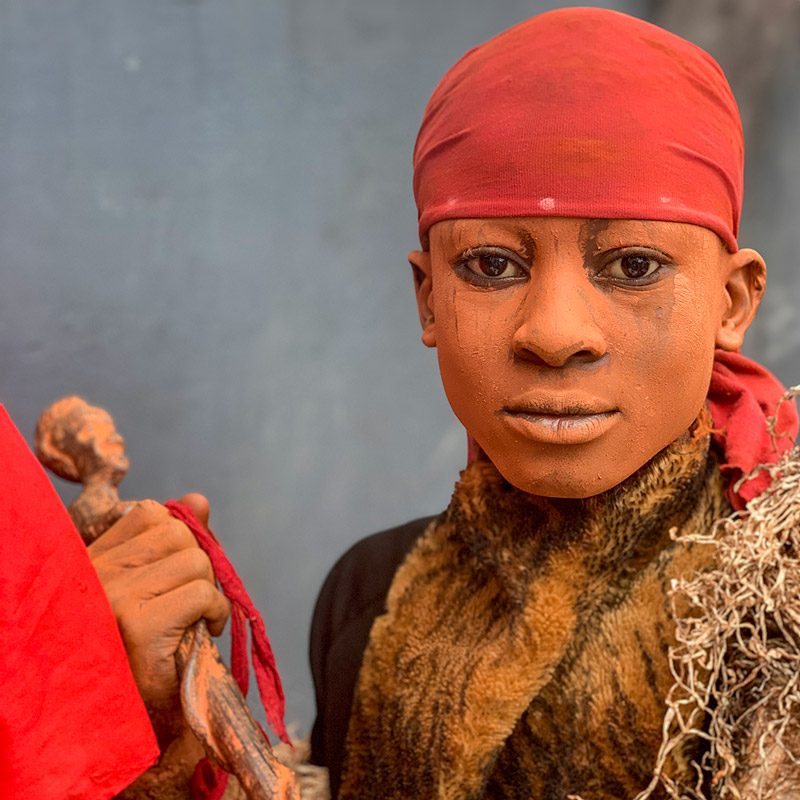
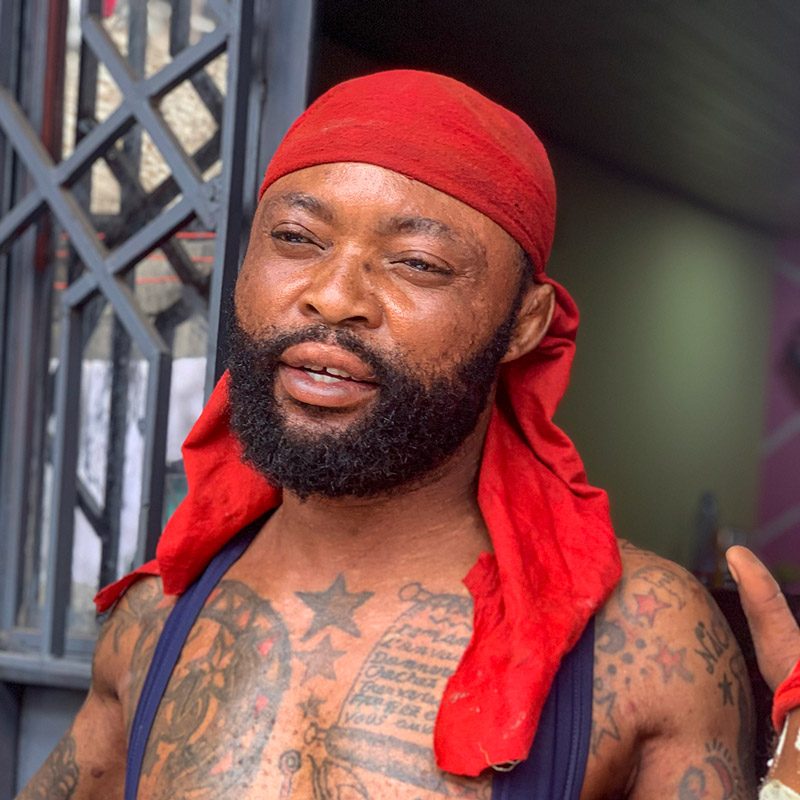
Navigation on the Congo River
During this trip, we will board a motorboat and descend the great Congo River to Brazzaville. This is a historical journey, described by Joseph Conrad in his renowned novel ‘Heart of Darkness’ from 1899. We will try to stop in a fishing village before arriving in Brazzaville.

We will meet the Tata Gonda religious group
During this trip to the R. of the Congo and the D.R. of the Congo, we will meet a religious group known as Tata Gonda, who live an isolated life in a self-sufficient congregation. This Christian sect is inspired by the philosophy of Samuel Kimbangu, a prophet who fought against European colonial oppression through a pan-African movement of Christian influence. In addition to the ethnographic and sociological interest, the followers of Tata Gonda have a unique aesthetic perspective, which makes the visit a unique experience.
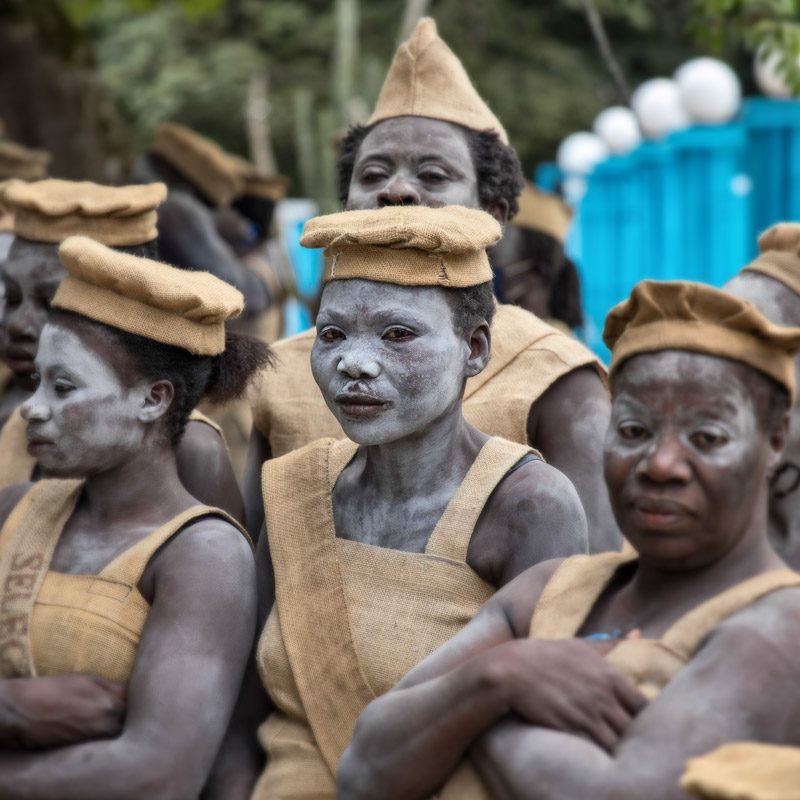
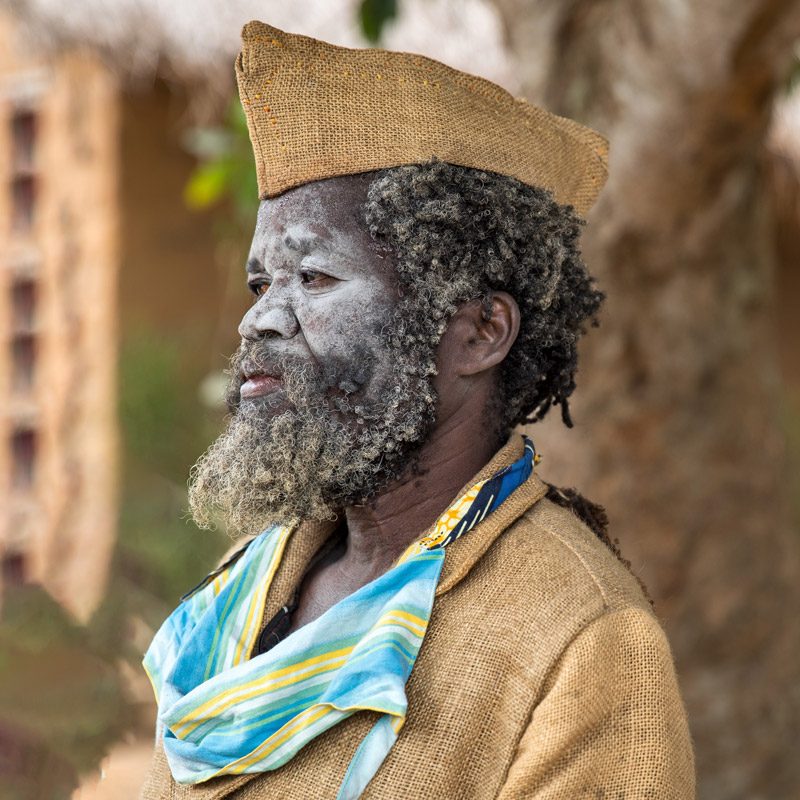
We will delve into the colonial history of the D.R. of the Congo
Mbanza Ngungu
Mbanza Ngungu used to be a residential town, where Belgian settlers came on weekends and holidays to get some fresh air. We will visit the railway station (with old and semi-abandoned machines), the old Belgian hotel and some other colonial buildings, which are still standing.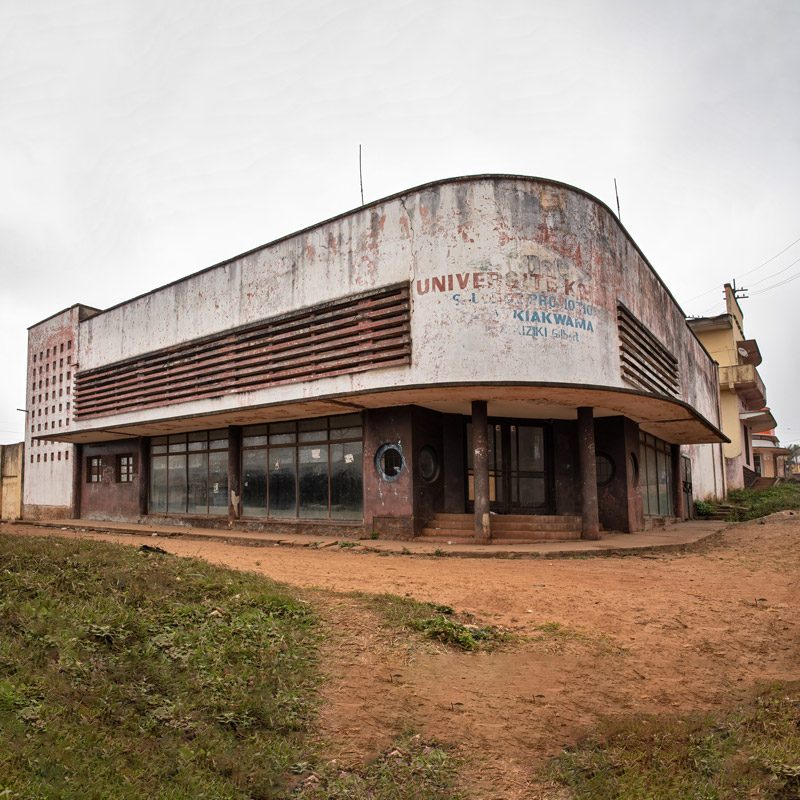

Matadi
Matadi was founded by the British explorer Sir Henry Morton Stanley in 1879. It had strategic importance because it was the last navigable port upstream of the Congo River; it became the farthest inland port of the Congo Free State. The construction of the Matadi-Kinshasa Railway (built between 1890 and 1898) made it possible to transport goods from deep inside the Congo to the port of Matadi, spurring the city to become a major commercial centre. We will visit the outside of the historic Neo-Gothic Hotel Metropole, a symbol of this splendid past. We will delve into the roots of this city, visiting other buildings from Belgian times and key places for the history of this part of Africa such as the ‘Diego Cao rock’ in the Yellala area, where there are inscriptions made by the Portuguese explorer in 1485 to mark the limit of his travels up the Congo River. In addition, we will enjoy a session of ‘Suku’ or ‘Congolese Rumba’, an essential part of the Congolese identity. It is urban music par excellence, linked to partying and celebrating any life situation.Boma
Boma is a privileged witness of the pre-colonial history of the Democratic Republic of the Congo. It is home to the oldest sites of missionary settlement, such as the first Catholic cathedral brought in pieces from the Belgian city of Namur in 1888. In 1885, Boma became the capital of the Congo Free State, the private property of King Leopold. Walking through the old colonial neighbourhood will transport us to that time. We will visit the Belgian governor’s house, the oldest church in the country, built in steel, and the iconic Stanley baobab. We can find in the Fischier neighbourhood the first car that circulated in the Democratic Republic of the Congo. In the Kikuku neighbourhood, we can visit the oldest cemetery in Boma, with some ‘ntadi’ or ‘fumani’ funerary steles with clear pre-Christian connotations.Moanda
Moanda or Muanda is the only maritime territory in the D.R. of the Congo. We will visit the colonial lighthouse of Nsiamfumu. In the afternoon, we will go to the old slave port of Banana, where you can still see remains of the transatlantic trade. Cannons, shackles, and remains of the old barracks where slaves were confined. From Puerto Banana we will take a motor boat to explore the Mangrove Park, located at the mouth of the Congo River.© Photos by Jordi Zaragozà Anglès, Joan Riera and Xavi de las Heras taken during a trip to the R. of the Congo and the D.R. of the Congo.
► Download the detailed itinerary of this trip to the R. of the Congo and the D. R. of the Congo
Click on the button below to easily access the download form for the itinerary for this trip to the R. of the Congo and the D. R. of the Congo.

